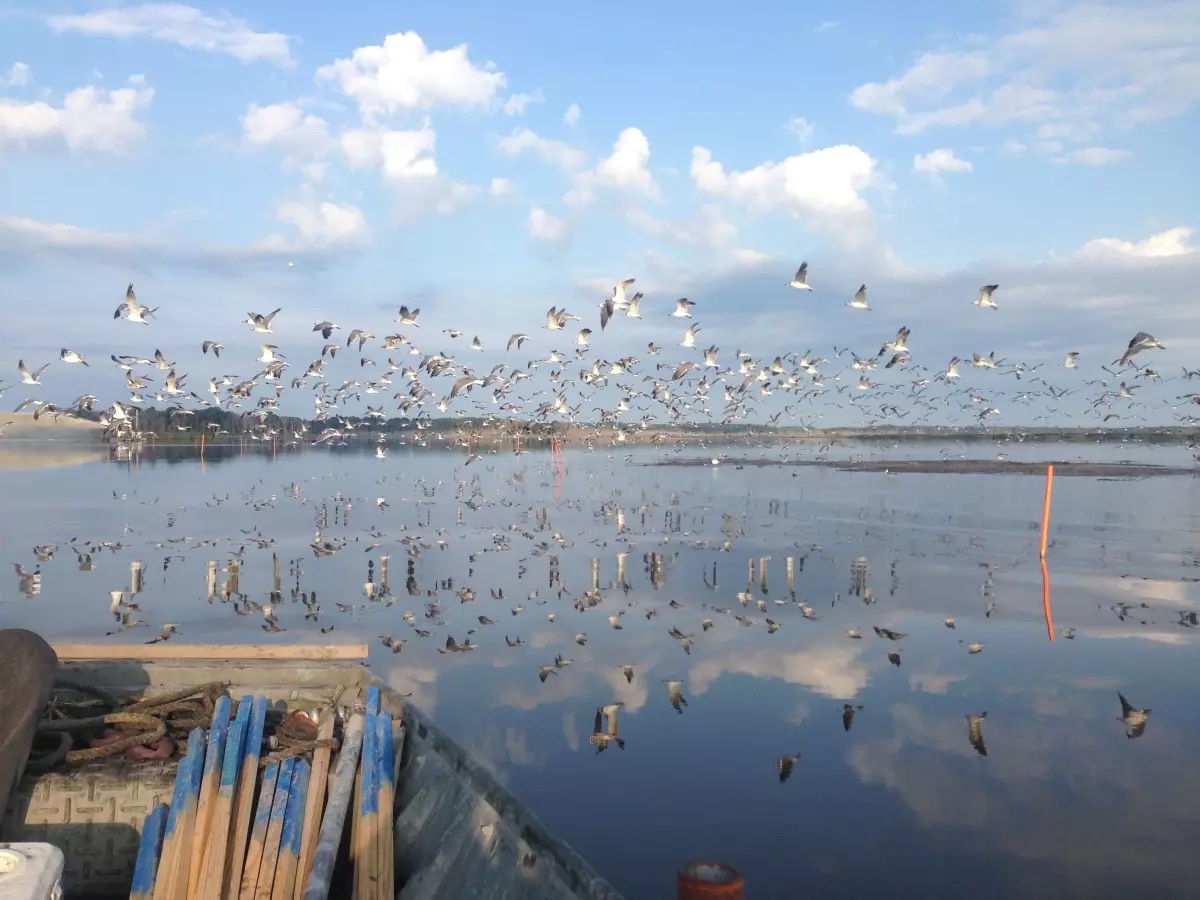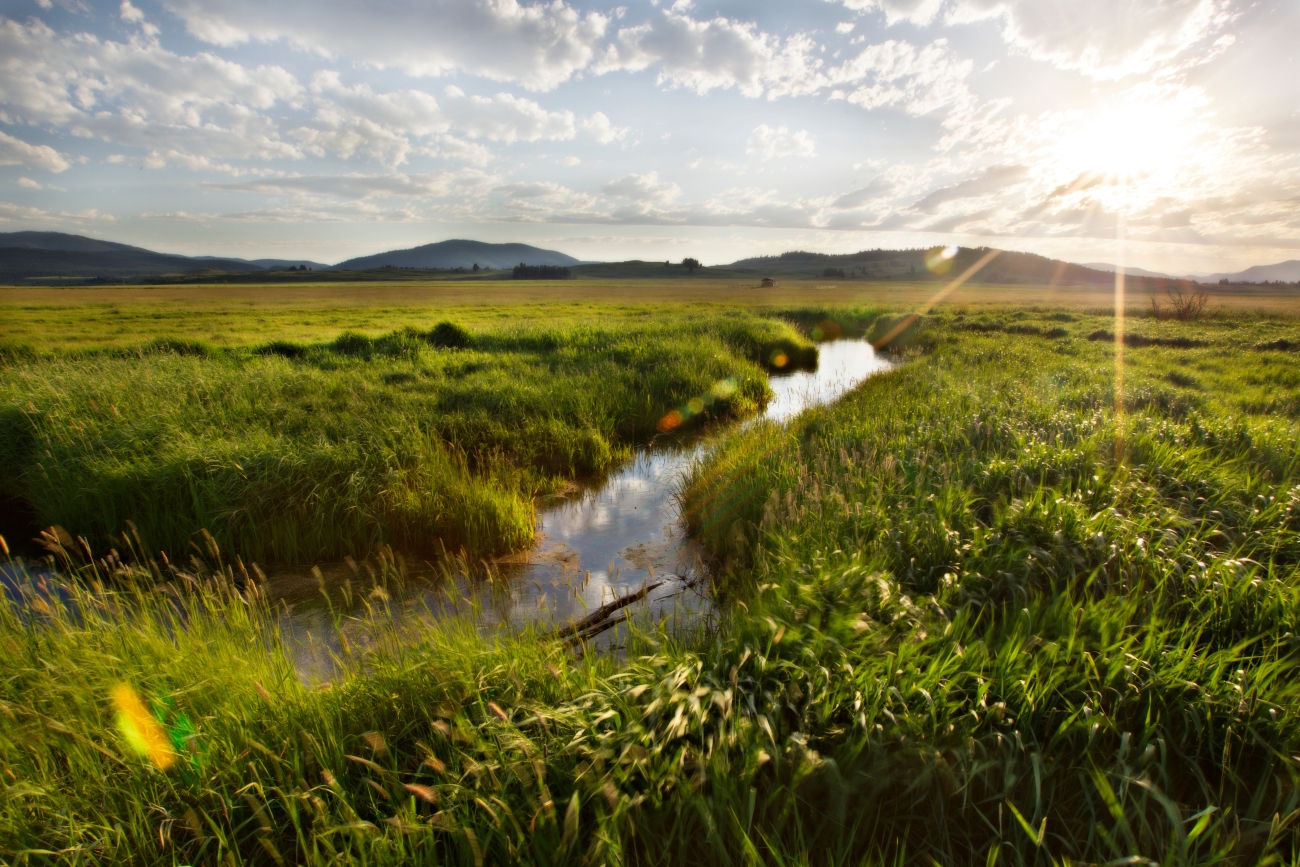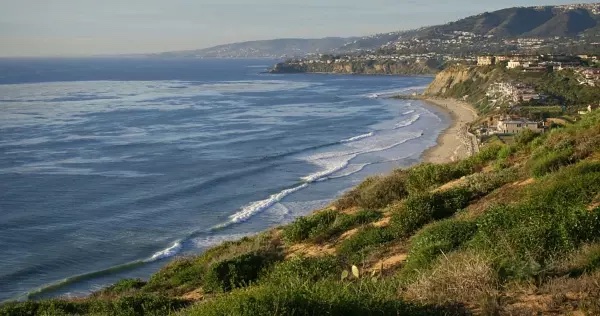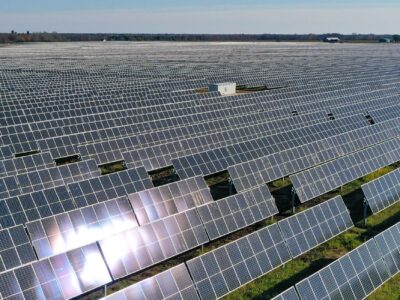Wildfires have become more frequent and powerful in recent years, with an increasingly devastating environmental impact. According to Earth.org, since 2000, the United States has experienced an average of 70,600 wildfires a year, requiring billions of dollars and thousands of cleanup crews to restore the affected ecosystems. When wildfires spread, their environmental impact ranges from polluted water resources and lost vegetation to endangered wildlife and poor air quality.
A new program from the U.S. Department of the Interior (DOI) aims to address the problem with a $468 million investment to reduce wildfire risk, mitigate the impact, and rehabilitate burned areas nationwide. The amount of funding allows the DOI to manage more than 2.5 million acres during the fiscal year, representing a 30% increase from the previous year. It was made possible through the 2021 Bipartisan Infrastructure Law and the Investing in America program.

Photo Courtesy Bart Wilson/USFWS
“As wildfire seasons become longer, more intense, and more dangerous, investments from [the current administration’s] Investing in America agenda are helping provide for a more strategic approach to wildland fire management and mitigation, greater support of wildland firefighters, and much-needed equipment and preparedness methods,” DOI Secretary Deb Haaland said in a Nov. 30, 20203, press release.
The Bipartisan Infrastructure Law includes $1.5 billion in DOI funding over five years to invest in wildfire preparation, fuel management, post-blaze restoration, and fire science.
Money will also be used to support communities and federal wildland firefighters.
A portion of the funding will also be used to support the U.S. Fish and Wildlife Service’s Partners for Fish and Wildlife Program and Coastal Program to increase partnerships with private landowners. Projects under this initiative will be customized to meet landowners’ needs. The work aims to reduce unwanted vegetation on about 94,000 acres and along 144 linear miles of energy infrastructure.
Photo Courtesy Chris Jepsen
In addition, funds will be used to support fish and wildlife habitat improvements and protect endangered species. Participating landowners will continue to own and manage their land while reducing wildfire risk and improving conditions for wildlife.
Projects will be spread across 45 states, with each getting different funding awards based on the acreage involved. Here are the 10 states with the biggest funding awards:
- Oregon: $16,720,207
- Idaho: $14,616,756
- California: $12,273,140
- Nevada: $11,954,301
- Utah: $10,194,344
- Colorado: $9,379,445
- New Mexico: $7,031,640
- Florida: $5,617,086
- Montana: $4,989,017
- Alaska: $4,490,479
The projects fall under the purview of the DOI’s Five-year Monitoring, Maintenance, and Treatment Plan, which was developed to address wildfire risk and provide a road map to coordinate with federal, state, Tribal, local, and other partners.
According to the DOI press release, in combination with the U.S. Department of Agriculture Forest Service’s 10-Year Wildfire Crisis Strategy, “these plans outline the monitoring, maintenance, and treatment strategy the agencies will use to address wildfire risk, better serve communities, and improve conditions on lands where wildfires can occur.”
Among the federal wildland reforms included in the Bipartisan Infrastructure Law are a temporary pay raise for federal firefighters and a new mental wellness and health program.
A separate DOI report released in September 2023 provided a list of strategies to address the U.S. wildfire crisis. Recommendations in that report cover seven key themes:
- Take new approaches that address risk, change financial incentives, and put more focus on the performance of ecological health over acres treated.
- Support collaboration between different agencies, partners, and stakeholders.
- Shift from reactive to proactive strategies by putting greater emphasis and resources on pre-fire and post-fire planning and mitigation.
- Enable “beneficial fire” that can help control wildfires while also considering the public health threats associated with smoke and reduced air quality.
- Support and expand the workforce through investments in training and hiring.
- Modernize tools to better coordinate, integrate, and strategically align fire-related science, data, and technology.
- Ensure that funding is sustained and predictable and keeps pace with the escalating crisis.
“The recent disaster on Maui is a tragic reminder of the growing risks of wildfires to communities and the heartbreaking losses they leave behind,” Deanne Criswell, Federal Emergency Management Agency administrator, said in a press release. “The detailed recommendations provided by this Commission emphasize the urgent need to work across jurisdictions and disciplines to protect our nation’s residents, communities, and natural resources from fire.”






